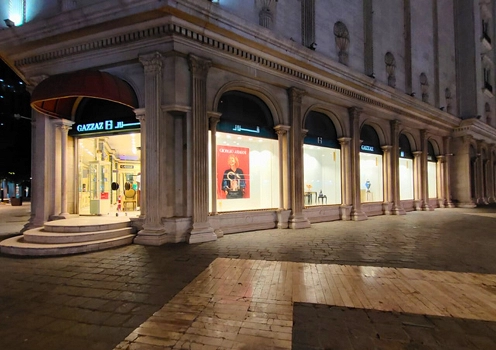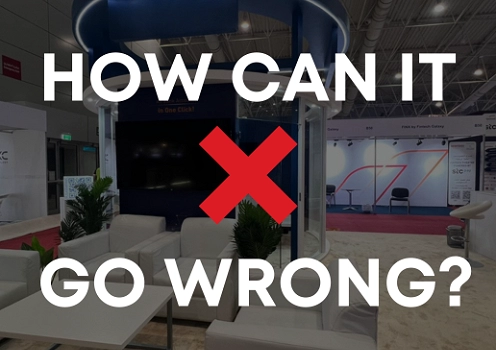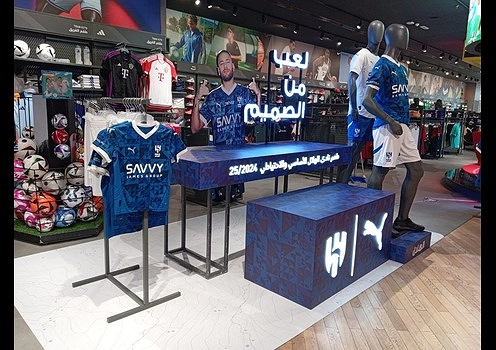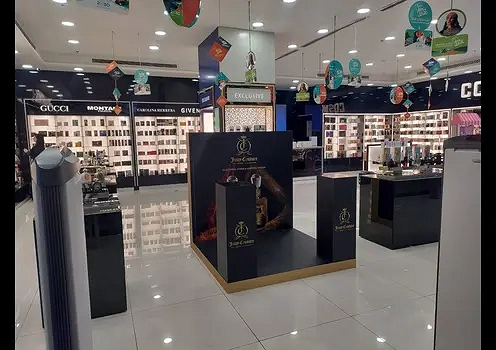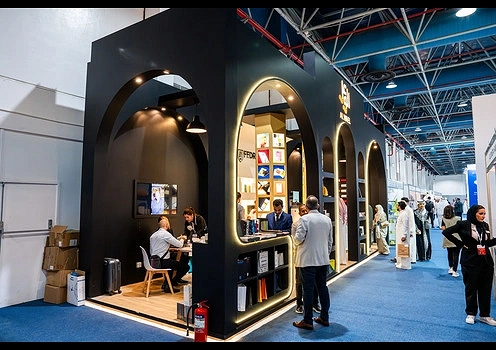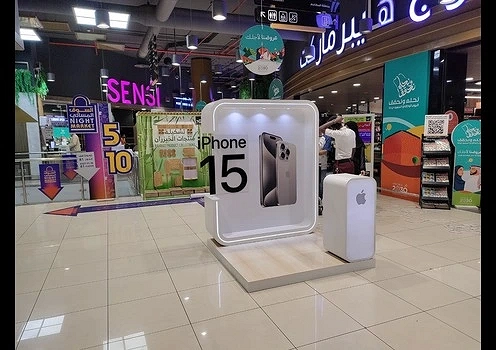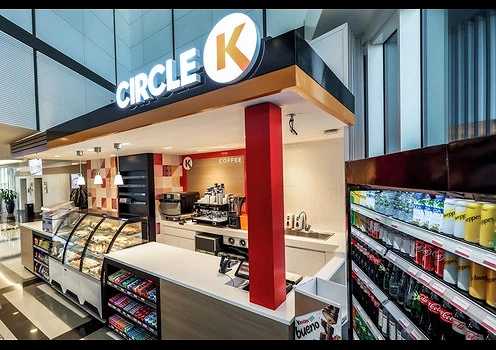In today's world, branding is easy through advertisement. People can reach advertisements from television commercials to social media ads, and even the billboards on the highway can give an impression about the brand to the people. It is difficult to catch the audience's interest by giving boring advertisements about the brands. Advertisers break through it and make a lasting impact by giving the most powerful tool in human communication: storytelling.
Storytelling is not a new concept, but its importance grows in the digital age. Storytelling creates deeper connections in people's minds. It can create meaningful and memorable experiences. In this blog, we will explore the power of storytelling in advertising and how it can help you connect with your audience.
Understanding the Power of Storytelling
As we know about the power of storytelling, stories have been a part of human culture for thousands of years, from ancient cave paintings to modern-day films. Stories involve emotions, create abstract ideas, and create a sense of community.
When it comes to advertising, storytelling taps into these same human instincts. Advertisements that tell a complete story of branding can elicit emotions such as joy, sadness, excitement, or even fear. The emotional connection makes the brand easy to understand, and it also helps to remember the branding. So it is to be told that storytelling is a powerful tool for brand calls.
Why Storytelling Works in Advertising
1. Building Emotional Connections
Branding can create a bond with people through sharing stories with emotions. It will make the branding trustworthy. Consumers need to trust and connect with a brand that speaks their values with emotions and struggles. For example, Nike's "Just Do It" campaign sells sportswear with an empowering story of determination and achievement. The overcoming struggles and obstacles are just behind them. Nike has established itself as more than a company—it has become a symbol of ambition and inspiration.
2. Enhancing Brand top -of -mind
The human brain always remembers stories better than facts and solutions. This is why an ad with good stories can stick with viewers for a long period. Ads that concentrate only on product listings and benefits often fail to make a lasting impression. Storytelling can give meaning to the product and make it more memorable.
3. Humanizing the Brand
Storytelling can humanize branding in your exhibition stands. A brand that uses storytelling allows consumers to see the people and values behind it. It builds trust and loyalty as customers feel they support something that shares their beliefs or personal experiences.
For example, the brand Dove creates its identity through powerful storytelling of real beauty and self-confidence. The "real beauty sketches" campaign created a narrative that resonated with many people, particularly with women. It gives self-acceptance and challenges conventional beauty standards, aligning with emotional and social causes.
4. Differentiating the Brand
Storytelling is a strong way of branding to differentiate themselves from competitors. In a world full of competitors, where many products and services are similar, storytelling allows brands to stand out. The story behind the product is more compelling than the product itself.
For example, Apple is a prime brand that doesn't just sell electronics; it sells the idea of innovation and security of thinking differently. Its marketing ideas and campaigns focus on how the brand empowers and how it makes a difference in the world. This idea helped Apple to build a loyal family and stand out in a highly competitive market.
5. Creating a Shared Identity
Storytelling also helps to generate a sense of community. It builds loyalty and encourages the services of the branding. Patagonia and Ben & Jerry’s are some of the brands that effectively used storytelling to generate a shared sense of purpose with their customers. By connecting with the environmental issues and social causes, these companies have attracted many individuals who feel connected to the messages and values.
How to Use Storytelling in Advertising
Now that we understand the power of storytelling in advertising, let’s explore some practical strategies for incorporating storytelling into your campaigns.
1. Know Your Audience
Understanding your audience is the first step of storytelling. The needs, desires, struggles, and values can make a good story. A better story is one that speaks directly to the viewer's emotions and experiences. If your target audience is professionals, parents, or outdoor enthusiasts, your story should reflect their world and speak to unique challenges.
For example, branding that focuses on themes of independence and adventure is for targeting millennials, and themes of family values and security are for parents.
2. Define Your Brand’s Core Message
Before elevating a story of your brand in an exhibition stand, it's important to define what your brand stands for. The mission and values should be known properly, and the story should reflect your brand's identity and communicate the core message to your audience or viewers.
3. Create Relatable Characters
Characters are the real story makers. They are the individuals with whom the audience connects emotionally. In advertisements, the characters could be the consumers themselves.
4. Focus on Conflict and Resolution
Every story has conflict, and the challenges push it to grow. In ads, this could be a problem the consumer faces, and your product or service helps to solve it. The resolution of the problems brings a branding to your service, which brings a satisfying conclusion.
5. Use Visuals to Enhance the Story
In storytelling, adding images and video elements helps to set the tone, conveys the emotions easily, and brings the story to life. The settings and lighting in an advertisement can evoke a particular emotion in the customer.
A great example is the power of visuals in the storytelling of the "Google Year in Search" campaign. Each year Google's ad highlights the significant events and moments from that year. Through moving images and music, the ad tells the story of the experiences and makes viewers.
Conclusion
In advertising, storytelling is one of the most effective ways to connect with an audience to build emotions and bonds. It creates a brand's loyalty, and branding goes high. By executing the power of stories, branding of your service will engage consumers, and trust and long-term success will be increased.
As the story of advertising grows, the need for authentic and compelling storytelling will also grow. In a world of consumers, those who master the art of storytelling will be the ones who stand out and make a lasting impact on it. So, the next time you set out to create an advertisement, remember to share the story of the branding not only with the product but also with the emotions. When done right, it can be the strongest tool for your advertisement of your branding.







